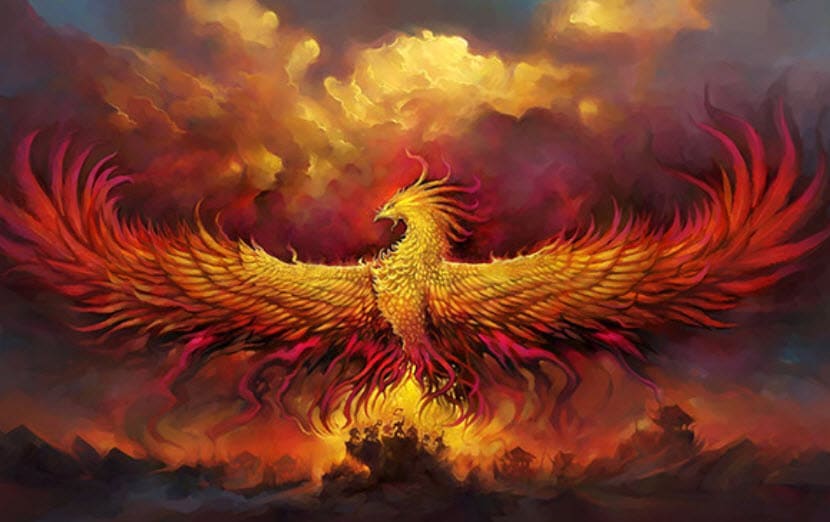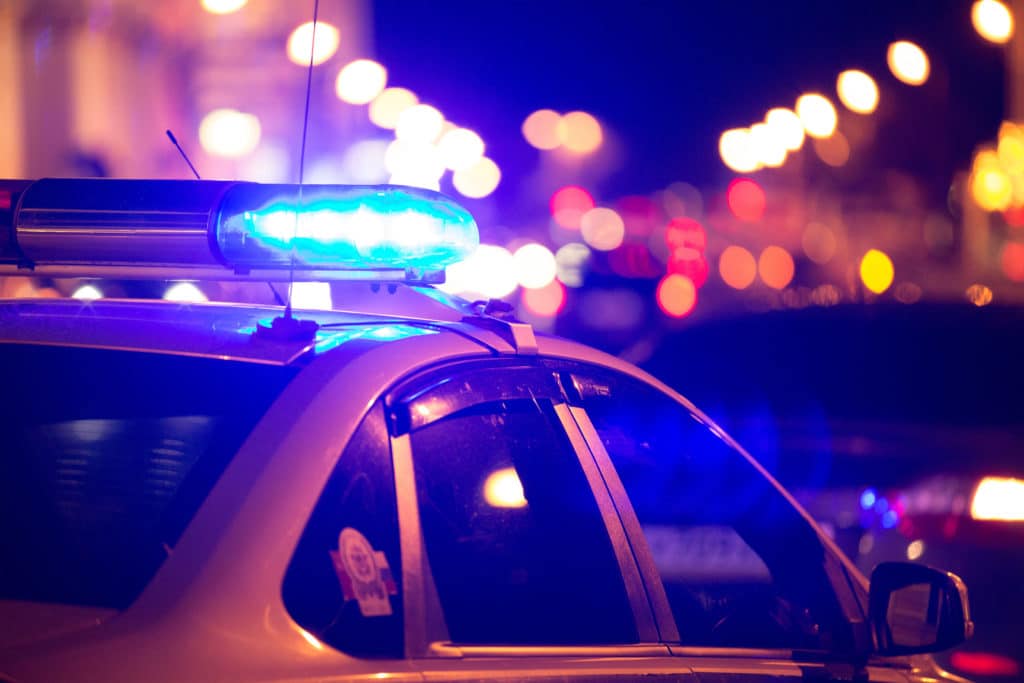
Guest Blogger and long-time Council friend, Bob W. presents Part 46 of a series dealing with Alcoholism and Addiction from a Mystical, Mythological Perspective, reflecting Bob’s scholarly work as a Ph.D. in mythological studies.
Some of us on the journeys to sobriety have relapses. For some reason, in the dysfunctional processes of our alcoholic brains, we conclude that drinking again is a good idea…despite the turmoil and chaos that usually follows such a decision. Our falling out of the “Program,” drinking or using again, results in another long slide into the depths, possibly for some period of time, if not forever. Recovering again is always possible, but not often easy.
In many mythological systems, there is a story of the Phoenix, a glorious bird with the regal head and profile of an eagle, the wing span and breadth of a condor, and the plumage of a peacock. This bird grows to a wondrous presence and then suddenly immolates into a pile of ashes. In relatively short order, then, a chick struggles out of the ashes and begins to grow into the full scale Phoenix again.
Few of the stories of the Phoenix contain the reasons for the immolation, but, seeing this from the perspective of an alcoholism or addiction relapse, perhaps we could think of the myriad of scenarios that attend the occurrence of a relapse. Maybe it could be the false belief that we have recovered from our addiction sufficiently that occasional “social” drinking is now possible without developing a compulsion to binge. Or that the effort to maintain our sobriety has become so wearisome that we fall away from the Fellowship and the support that had sustained us; and before long we find ourselves drinking or using again. Or that we just wake up one day with the irrational urge to begin drinking or using without any real reason and without the need or the urge to reach out to our Fellows in the Program. In each case, in relatively short order, our life just explodes in a burst of flames and we are soon again just a pile of ashes, caught in the depths of the abyss of our disease.
Crawling out of the ashes of that condition and making the effort to recover again can be painful. But the Program is still there; the Fellowship is still there. There are broad sets of open arms everywhere waiting to welcome us back. And, in time, with a growing commitment to “do what it takes,” our Sobriety begins to grow again. We begin to develop the glorious “wing span” and “plumage” of a life in committed Sobriety.

